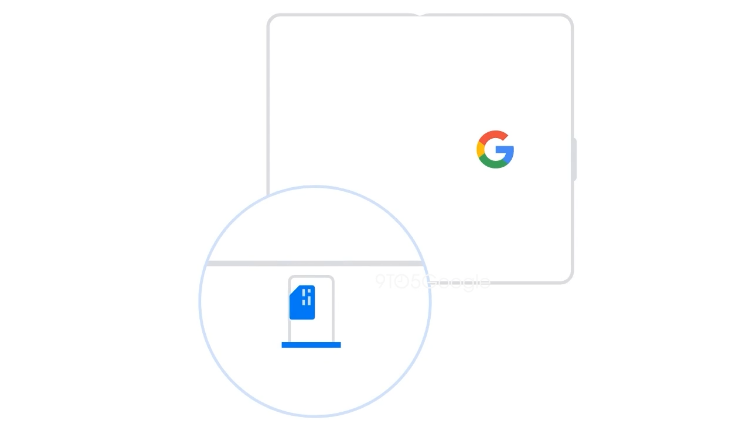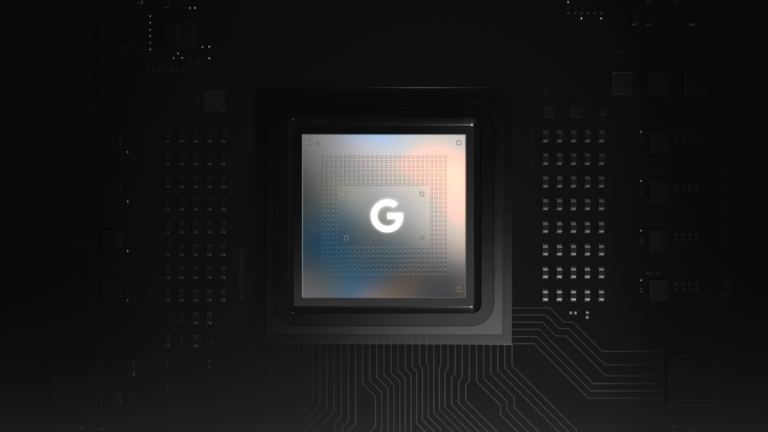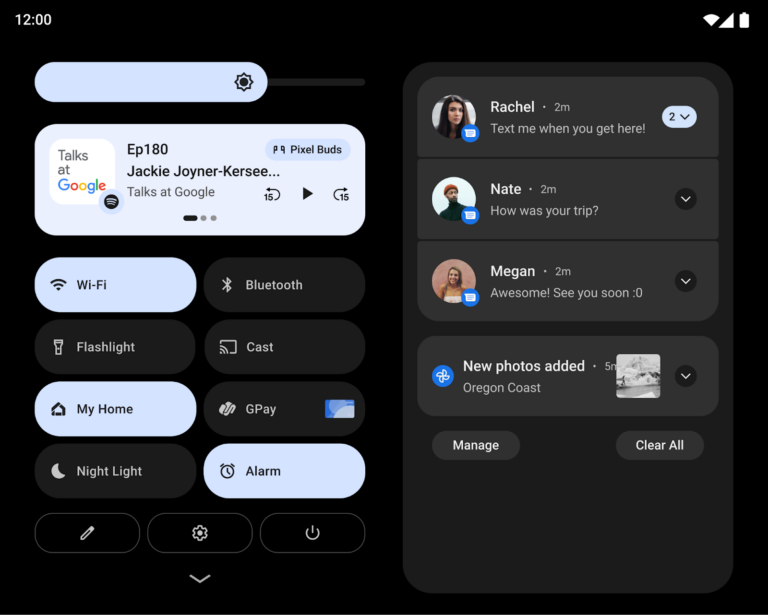Optus Mobile Review ALDI Mobile Review Amaysim Mobile Review Belong Mobile Review Circles.Life Review Vodafone Mobile Review Woolworths Mobile Review Felix Mobile Review Best iPhone Plans Best Family Mobile Plans Best Budget Smartphones Best Prepaid Plans Best SIM-Only Plans Best Plans For Kids And Teens Best Cheap Mobile Plans Telstra vs Optus Mobile Optus NBN Review Belong NBN Review Vodafone NBN Review Superloop NBN Review Aussie BB NBN Review iiNet NBN Review MyRepublic NBN Review TPG NBN Review Best NBN Satellite Plans Best NBN Alternatives Best NBN Providers Best Home Wireless Plans What is a Good NBN Speed? Test NBN Speed How to speed up your internet Optus vs Telstra Broadband ExpressVPN Review CyberGhost VPN Review NordVPN Review PureVPN Review Norton Secure VPN Review IPVanish VPN Review Windscribe VPN Review Hotspot Shield VPN Review Best cheap VPN services Best VPN for streaming Best VPNs for gaming What is a VPN? VPNs for ad-blocking If the rumours are true, that could be about to change. Here’s what we think we know so far about the device that’s quickly become known in tech-head circles as the Google Pixel Fold. In September 2022, The New York Times reported that Google is looking to gear up to ship its first foldable in 2023. This aligns nicely with another story by The Elec back in May, suggesting that the reveal of the Google Pixel Fold had been bumped down the road from a late 2022 launch window. It’s not yet clear at this stage how the Pixel Fold will fit into Google’s wider smartphone portfolio. Typically, the company announces a new A-series hardware in the middle of any given year with new flagship devices following a few months after that. On paper, the first half of 2023 is wide open for the Google Pixel Fold to make its big debut. We’ll have to wait and see. Despite the absence of major leaks around the device, there are a few different tidbits that can help us triangulate some idea of what to expect from Google’s first foldable smartphone. Firstly, there are new animations found in Android 12L that depicted an unspecific foldable device in action. While the device shown in these graphics (included below) is fairly generic, it’s not impossible that it could resemble the final form factor that Google plans to go with. One report (via The Elec) from 2021 indicated that Google have already inked a deal with Samsung to supply 7.6-inch foldable displays for future products. Those measurements would give the Pixel Fold a foldable screen that’s roughly on par with the one found in Samsung’s Galaxy Z Fold in size, which may suggest Google is opting for a similar book-inspired design rather than the clamshell-like form-factor of the Galaxy Z Flip 4. It’s also unclear whether Google will look to range multiple storage variants for the device. Our current expectation is that the Pixel Fold will offer a minimum of 256GB of onboard storage as this represents the bottom-end of what’s on offer when it comes to competitors like Samsung’s Galaxy Z Flip 4 and Galaxy Z Fold 4. As for battery size, the current expectations are that Google’s first foldable phone will have a bigger battery to match the larger screen. However, as per one report from 9to5Google, those precious extra hours of everyday usage will see the Pixel Fold armed with hardware that weighs in “closer to, but still well below, 5,000 mAh.” According to one recent leak (via 9to5Google), the device will feature a triple-lens setup on the back that boils down to a 50MP main lens, plus a 12MP ultrawide and 12MP telephoto lenses and an 8MP selfie camera. Of course, the real kicker here is likely to be the inclusion of Smart HDR and other computational photography advantages found in Google’s other Pixel devices. Assuming that Google’s next generation of smartphone cameras hold their lead against Samsung, then the Pixel Fold could be the foldable with the camera to beat. While it’s certain that the Pixel Fold will run on a version of the same Pixel OS skin that’s found in devices like the Google Pixel 6, Google Pixel 6 Pro and Google Pixel 6a, it’s worth noting that Google have been working away at building a more tablet and foldable-friendly version of Android for several years now. Back in 2019, Google partnered with Samsung in order to get the original Galaxy Fold to play nice with the wider Android ecosystem. The two have continued to iterate in the years since, and it’s almost likely that Pixel Fold will reap the benefits of this alliance. More than just building on what’s been done in the space before, the Google Pixel Fold could be a change for Google to raise the bar for how smart and smooth the software side of foldables can be. That said, a big part of Google’s strategy in the smartphone category to date has involved undercutting the competition. With that in mind, it’s hard to imagine that the Google Pixel Fold will arrive any cheaper than its non-foldable Pixel counterparts, but there’s still plenty of room between the $1,299 commanded by the Pixel 7 Pro and the $2,499 RRP commanded by this year’s Galaxy Z Fold 4. Don’t expect the Google Pixel Fold to be an outright bargain, but it’s probably safe to say it won’t be any more expensive than the cheapest version of Samsung’s performance-oriented foldables. Check out the table below for a quick round-up of how much each foldable smartphone that’s come to Australia so far has cost at launch.



![]()
